Summary
- XCOM gameplay can be boiled down to base management and tactical turn-based battles.
- The game requires strategic resource management and fosters long-term thinking.
- Several franchises, like Mario and Marvel, have successfully adopted elements of the XCOM gameplay style already.
At its core, modern XCOM gameplay is a mix of managing a base and fighting turn-based battles, all set in a world where your decisions matter long-term. This is a fun system, and it’s not surprising to see other franchises take elements of this and make great games from it. But I’d like to see even more!
The main XCOM loop involves running a global military organization that fights off an alien invasion. Players control the XCOM headquarters, decide how to use resources, study alien tech, and build facilities that offer different advantages, like better training for soldiers or stronger weapons.
The base acts as the central command center. Every choice you make affects what you can do in combat. Research helps you discover new tech, engineering lets you build high-tech gear, and training centers turn recruits into skilled specialists.

Related
5 Games With Amazing Star Wars Mods That Are Better Than Official Releases
What if you could transform games into adventures from a galaxy far, far away?
The second major part of XCOM is the turn-based combat. Players take a team of soldiers into arenas of war and fight aliens in tactical, turn-based fights. Winning these battles depends on smart positioning, using cover effectively, and making the most of each soldier’s special skills. These fights are usually challenging but fair.
Soldiers earn experience and get stronger as they complete missions, learning powerful new abilities that make them much more effective in combat. Every fight comes with risk and reward. Taking bold actions can lead to quick victories but also puts soldiers in greater danger. On the other hand, playing it safe might reduce casualties, but it could also give the aliens time to strengthen their position.
Managing resources is closely tied to combat success. Completing missions rewards you with materials like alien alloys, elerium, and intel, which are needed for research and building better equipment. Injured soldiers take time to recover, weakening your squad and delaying important missions.
This creates a constant balance between engaging in battles now and keeping your forces strong for the long term. The game also includes permadeath, meaning any soldier who dies in battle is gone forever. Losing a high-level soldier can be a major setback, forcing players to change their tactics and rethink their overall strategy.
Several game series have successfully included features similar to the modern XCOM style. Mario + Rabbids Kingdom Battle is a great example, combining the playful worlds of Mario and the Rabbids with a turn-based tactical combat system. This game takes a lot from XCOM’s core gameplay, such as moving on a grid, using cover for protection, and action points that control how characters move and attack.
Players guide their characters across the battlefield, using partial or full cover to avoid enemy attacks while carefully placing themselves to deal the most damage. This might be a Nintendo Switch game you haven’t played yet, but it’s well worth your time (and it’s very accessible too).
Each character has special skills that can help teammates or weaken enemies. The result is colorful gameplay where good planning and teamwork usually win each fight. What made this crossover work was making sure both franchises were represented well while also highlighting their differences to make the mashup stand out.
Additionally, Nintendo suggested that Ubisoft should lean into the Rabbids’ odd behavior, adding a brand of humor not usually seen in regular Mario games. The game got good reviews for its characters and turn-based combat, though opinions were split on its puzzles and level-based fights.
Another important example is Marvel’s Midnight Suns, made by Firaxis Games, the same studio behind the XCOM reboot series. This game uses the same kind of turn-based tactical combat as XCOM but adjusts it for the Marvel universe. Midnight Suns has a card-based system where each hero’s abilities are shown as cards pulled from a deck the player can customize.
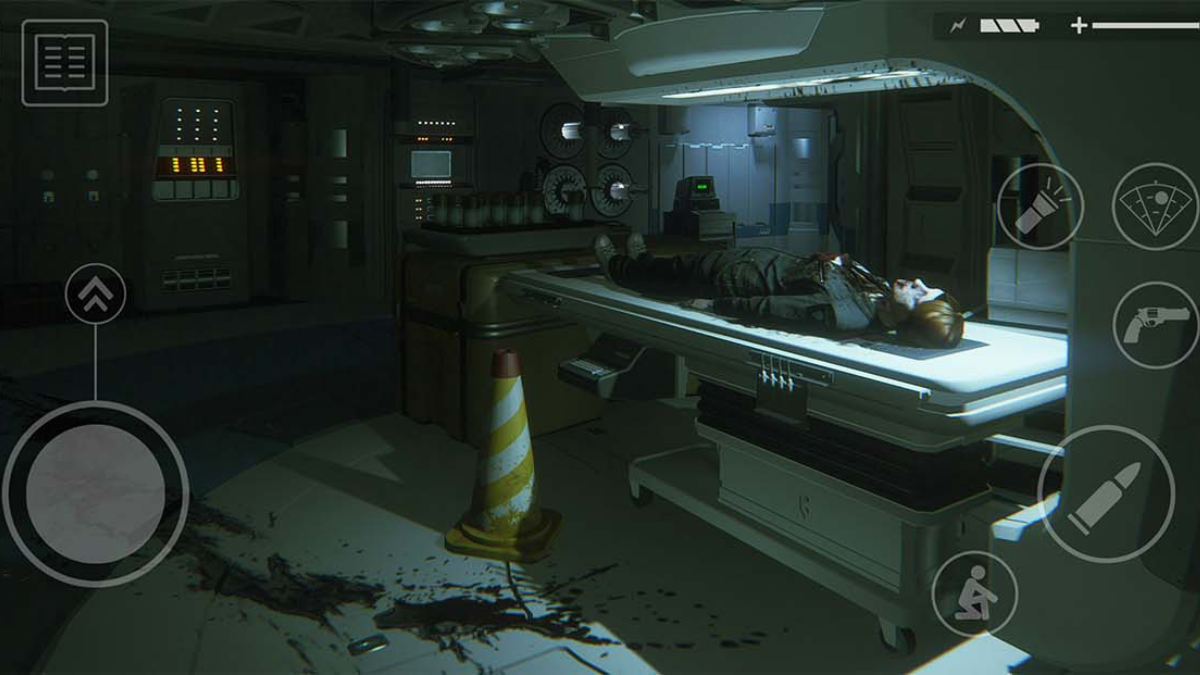
Related
9 Games You Won’t Believe Your M1 or M2 iPad Can Run
All work and no play is a waste of a good iPad.
This adds some randomness, making players think quickly. Like XCOM, positioning, and teamwork matter, but Midnight Suns focuses more on knocking enemies back and using the environment, letting heroes use their superpowers to change the battlefield.
The game also includes a social aspect, letting players bond with Marvel heroes, which affects both combat and the story. Unlike XCOM’s permanent death for characters, Midnight Suns is more forgiving, so downed heroes can be brought back. It’s on PS5, which you may have missed.
Its success comes from attracting new players to strategy games by offering different difficulty levels and not overloading them with too many abilities and upgrades early on. While being easy to pick up, it still had enough depth for serious strategy fans.
The combat animations and style were also praised, with Firaxis making the turn-based fights feel lively and exciting. By focusing on strong gameplay and being willing to try new things, Marvel’s Midnight Suns managed to succeed in a genre that was already well-established.
The Possibilities Are Endless
The XCOM gameplay style is flexible enough to work well with many different franchises. This gives new energy to well-known worlds through strategy-focused, character-based gameplay. It’s not hard to take a franchise and picture it being used with this same style.
A Star Trek game where players take charge of a starship crew dealing with constant dangers from alien enemies and rebellious Starfleet groups is an easy one to picture. Instead of controlling soldiers, players would oversee a varied team of officers, scientists, and engineers, each with skills shaped by their job and species.
Away missions could turn into tactical challenges, using phasers, tricorders, and Starfleet creativity to handle environmental dangers and enemy attacks, with character deaths and the story focusing on exploring space, discovering new planets, or protecting the Federation.
For Dynasty Warriors, the huge battles could become smaller tactical fights, focusing on positioning and making use of each warrior’s special Musou abilities. Instead of faceless soldiers, players would control a small group of famous heroes, each with their own weapon skills, elemental strengths, and battlefield roles.
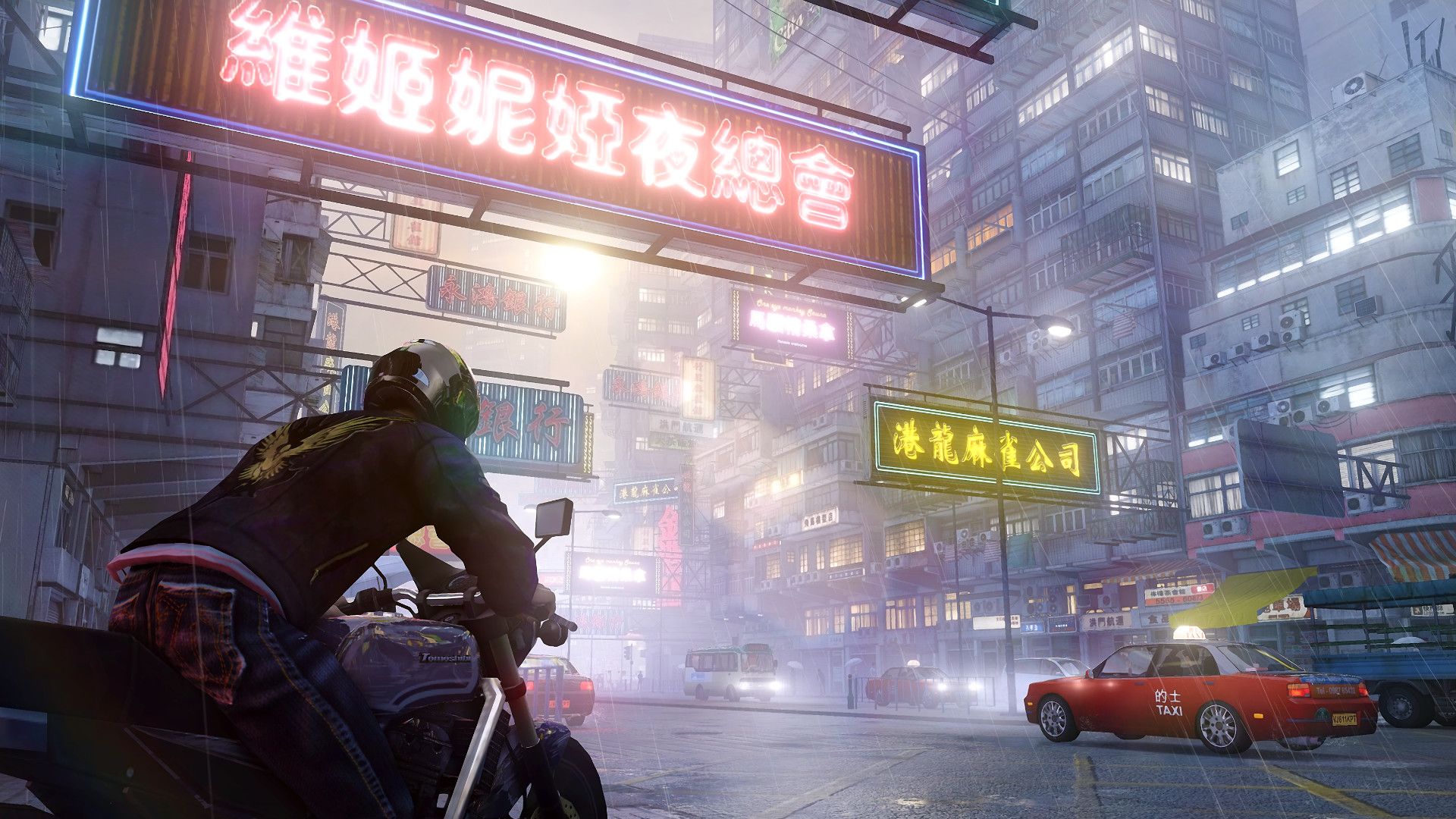
Related
12 Games You Probably Haven’t Played (But Should)
Get ready to unearth these gems.
Building friendships between heroes could unlock powerful team attacks, while permadeath would make each fight feel more serious. The main themes of ambition, betrayal, and fate would be part of a branching story, where winning or losing battles decides the future of warring kingdoms.
Harry Potter could become an XCOM-style game set in the school, where players lead a group of Hogwarts students to defend the castle and its grounds from Voldemort’s forces and other magical dangers. The tactical combat would involve casting spells, brewing potions, and using magical items, with each student specializing in different types of magic. Permadeath would make the wizarding world feel more dangerous, while base building could include improving Hogwarts’ classrooms, learning new spells, and keeping student morale high.
It could even go so far as to be put into an Anime like Naruto. Players control a squad of ANBU Black Ops members, fighting in wars between nations, against rogue ninjas, and facing the threat of the Akatsuki. The tactical combat would use jutsu, shuriken tactics, and stealth moves, with each ninja specializing in different elemental styles, illusion techniques, and hand-to-hand combat. The base building would involve strengthening the Hidden Leaf Village’s defenses, researching new jutsu, and running training programs for ninjas.
This kind of gameplay rarely makes its way into other games but is often well-received when it is. The biggest issue stems from the slower pace of play and tactical nature, which can give publishers a reason to pause. If we were to see more games use this style, it could lead to some great XCOM-style games.


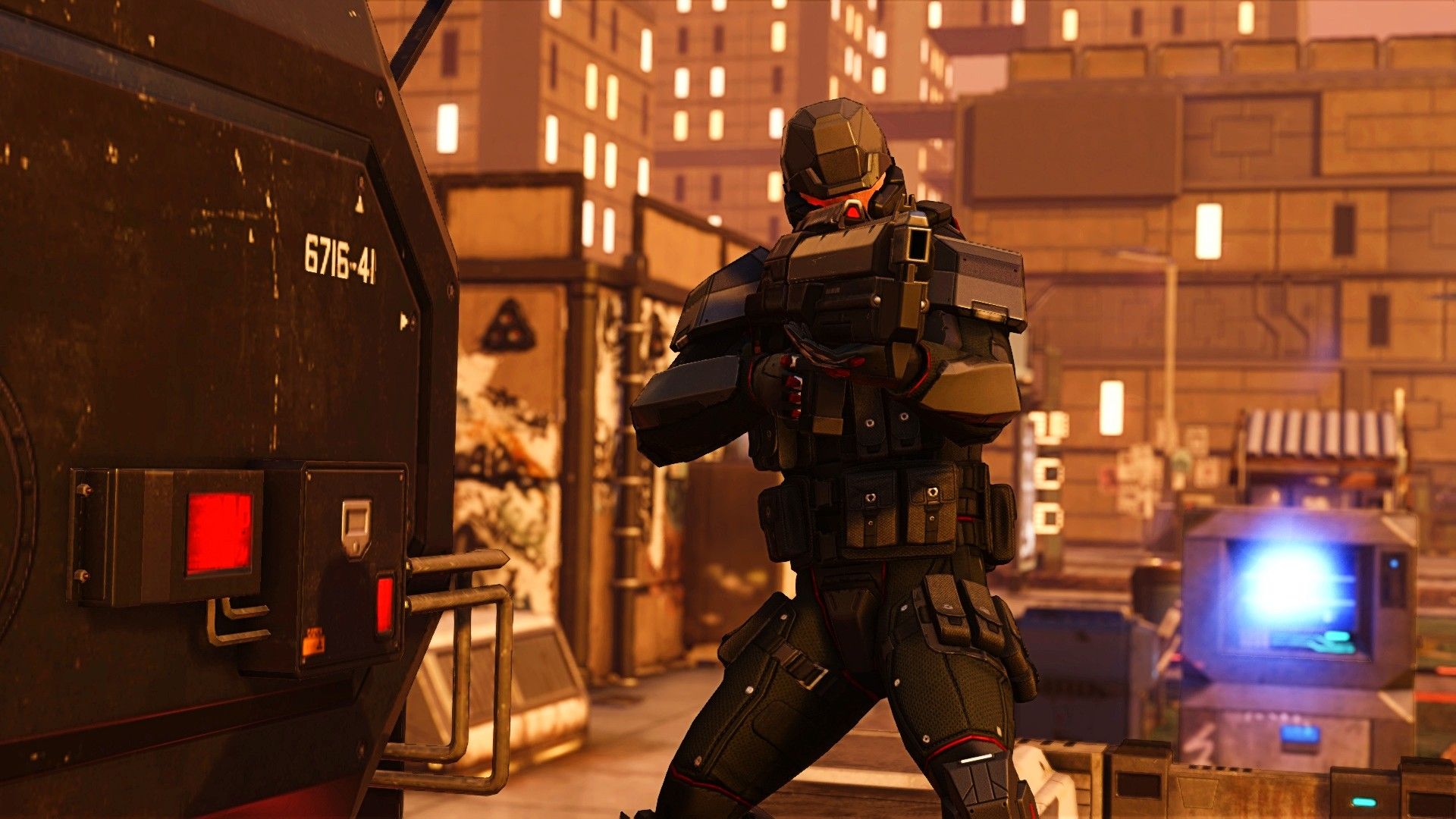
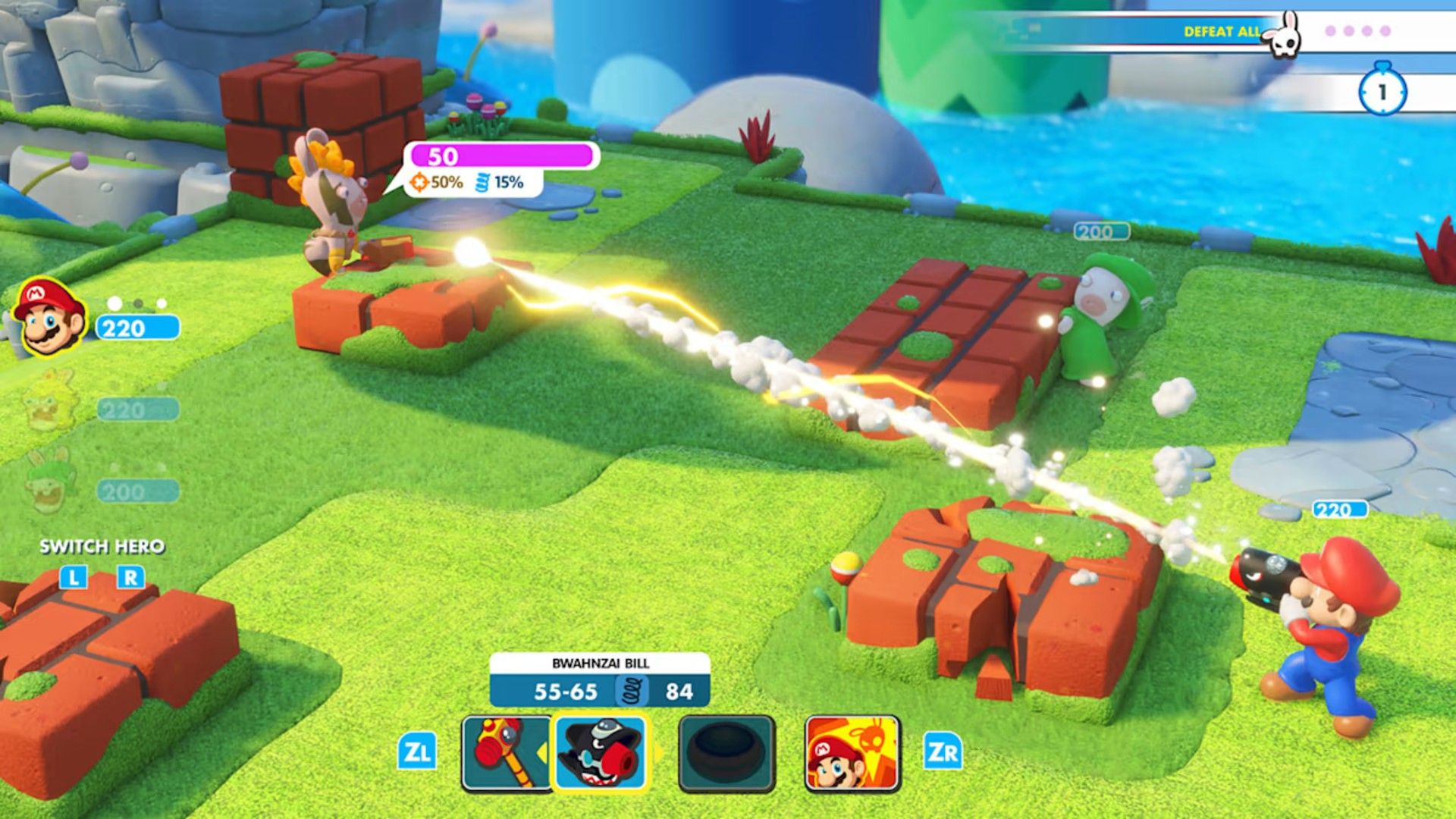
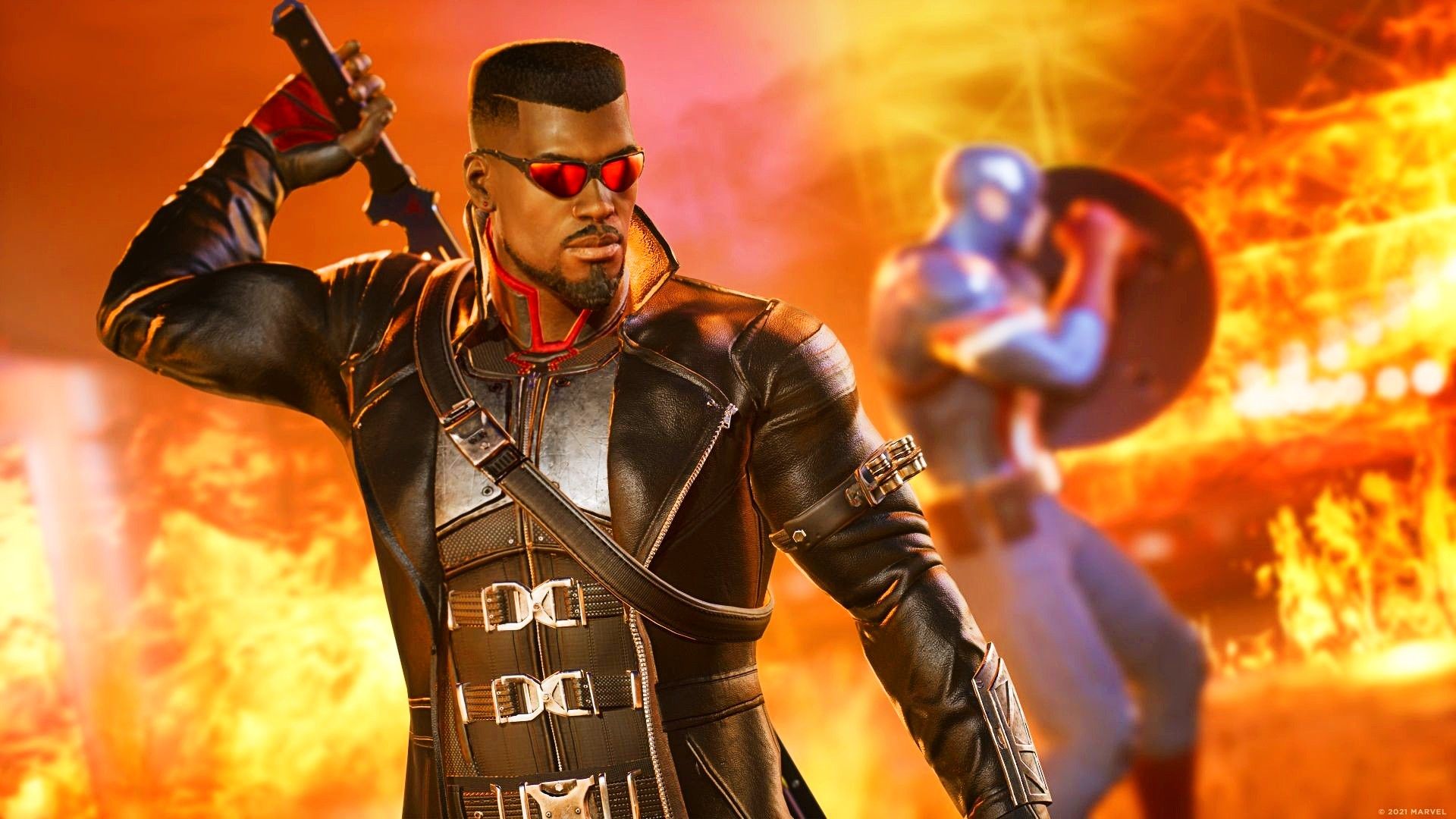





Leave a Comment
Your email address will not be published. Required fields are marked *